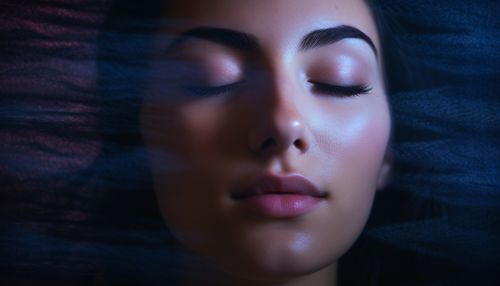The Science of Human Sleep and Health
Introduction
Human sleep is a complex physiological process that plays a crucial role in maintaining overall health and well-being. It involves a series of distinct stages, each with its own unique characteristics and functions. These stages are regulated by the circadian rhythm and the sleep-wake homeostasis, two internal systems that work together to determine when we feel awake and when we feel sleepy.


The Science of Sleep
Sleep Stages
There are five stages of sleep: four stages of non-REM (NREM) sleep and one stage of REM (Rapid Eye Movement) sleep. Each stage serves a different purpose and contributes to the overall restorative process of sleep.


NREM Sleep
NREM sleep is divided into four stages: N1, N2, N3, and N4. These stages are characterized by slow brain waves, known as delta waves, and are associated with deep, restorative sleep.


REM Sleep
REM sleep is characterized by rapid eye movements, increased brain activity, and vivid dreams. This stage is associated with memory consolidation and learning.


Sleep Regulation
Sleep regulation involves two key processes: the circadian rhythm and the sleep-wake homeostasis. The circadian rhythm is a 24-hour internal clock that regulates the timing of sleep and wakefulness. The sleep-wake homeostasis, on the other hand, regulates the intensity of sleep and wakefulness.


Sleep and Health
Sleep plays a vital role in maintaining good health and well-being. It is involved in various bodily functions, including the regulation of mood, cognitive function, and physical health.
Sleep and Mental Health
Sleep is closely linked to mental health. Lack of sleep can lead to mood disorders, anxiety, and depression. On the other hand, mental health disorders can also lead to sleep problems.


Sleep and Physical Health
Sleep is also essential for physical health. It plays a role in the regulation of various bodily functions, including the immune system, metabolism, and cardiovascular health.


Conclusion
Understanding the science of sleep and its impact on health is crucial for maintaining overall well-being. By ensuring adequate and quality sleep, we can improve our mental and physical health and enhance our quality of life.


